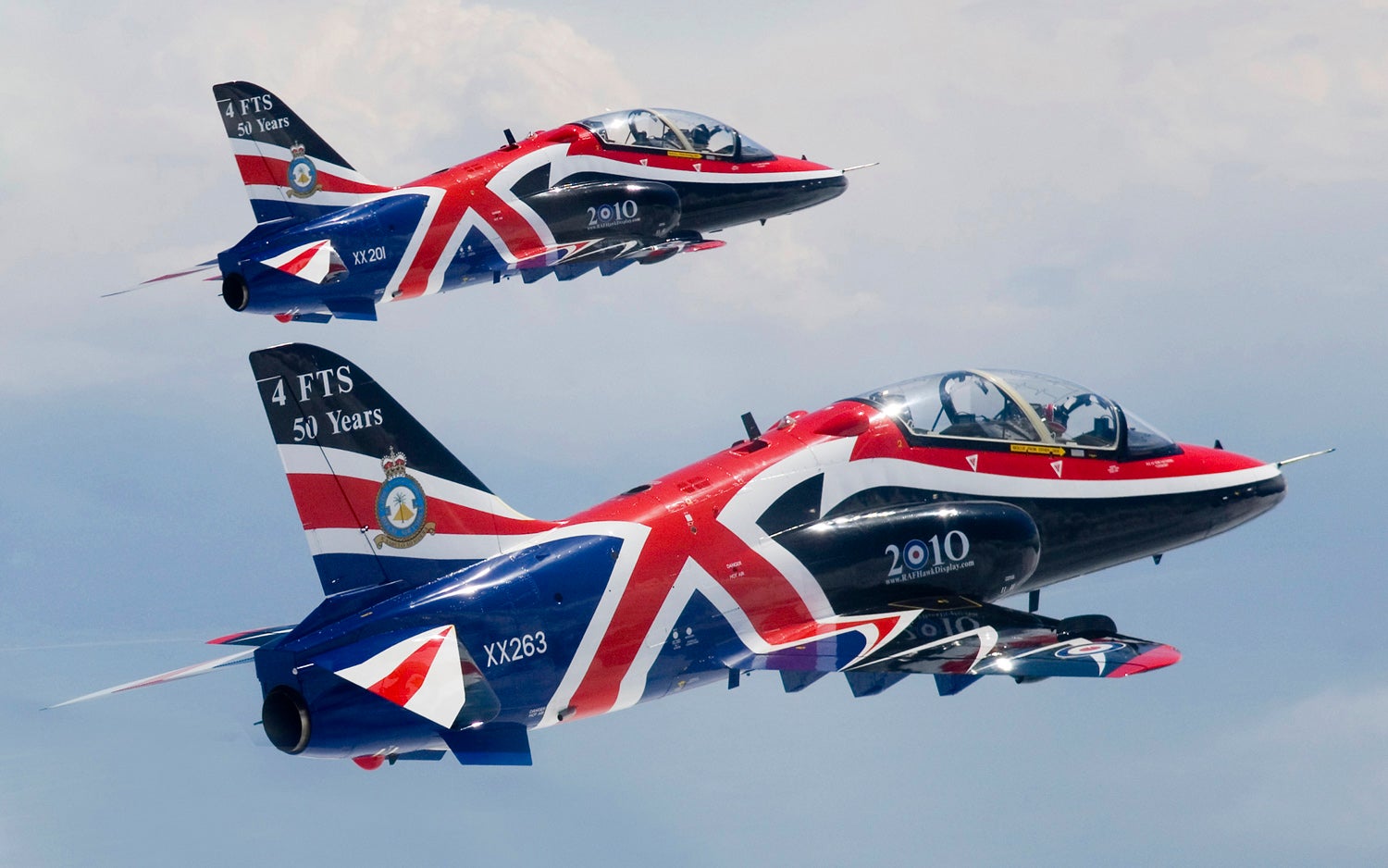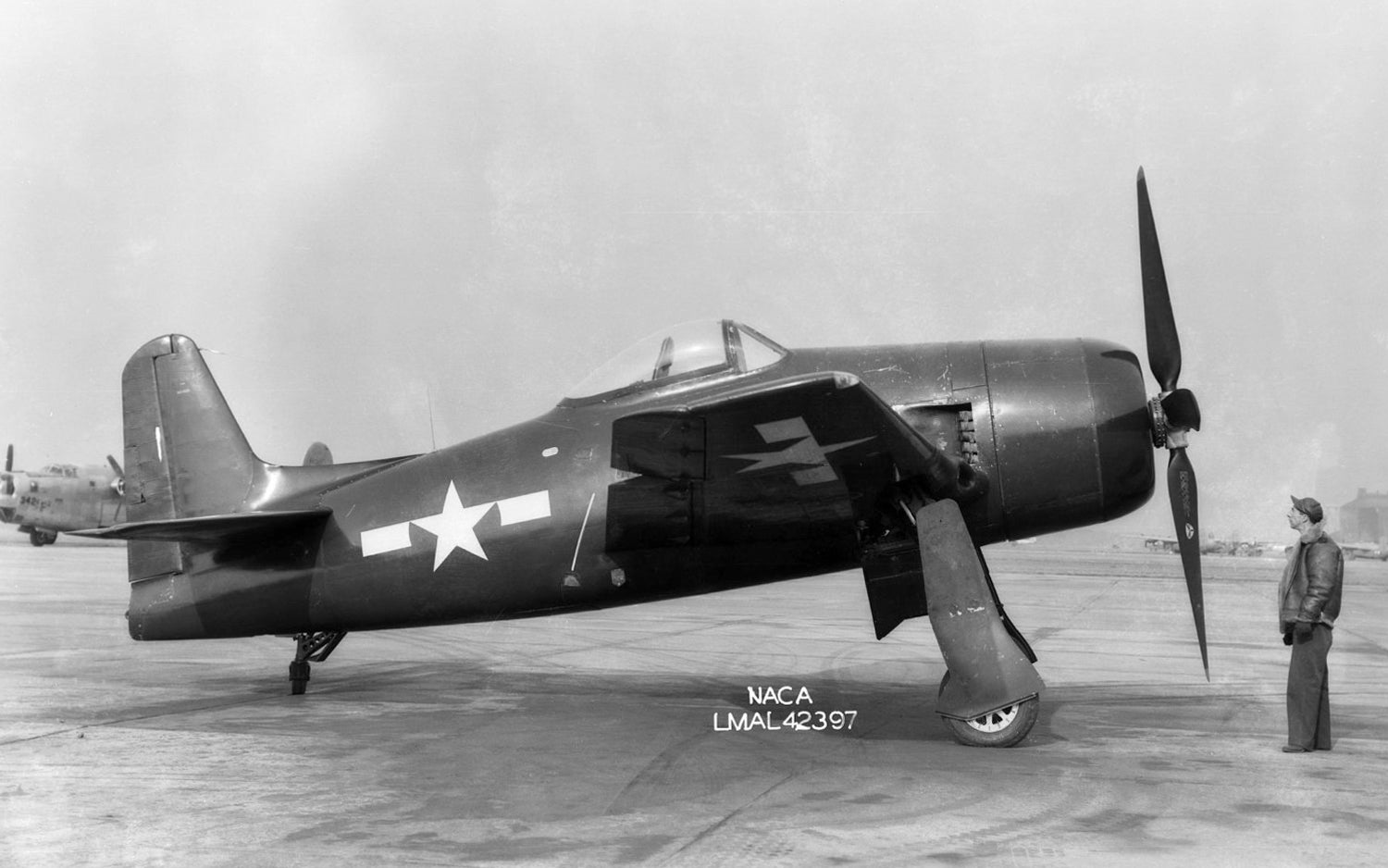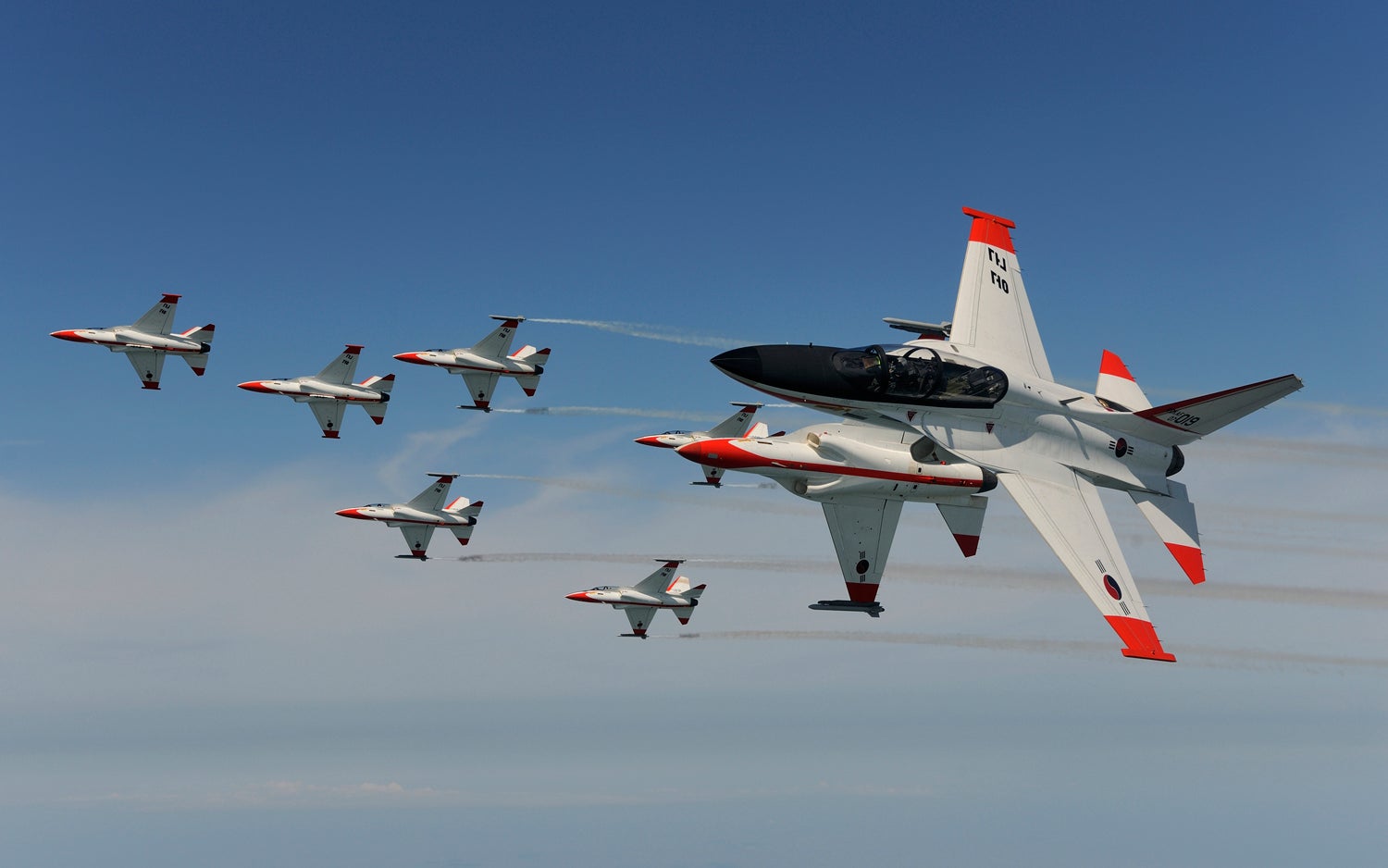 "ttyymmnn" (ttyymmnn)
"ttyymmnn" (ttyymmnn)
08/21/2015 at 12:35 • Filed to: planelopnik, planelopnik history
 10
10
 11
11
 "ttyymmnn" (ttyymmnn)
"ttyymmnn" (ttyymmnn)
08/21/2015 at 12:35 • Filed to: planelopnik, planelopnik history |  10 10
|  11 11 |
This is today’s Aviation History Speed Round , getting you caught up on milestones and important historical events in aviation from August 19 through August 21.

August 19, 1958 – The first flight of the Lockheed P-3 Orion. The carrier battle group is one of the most potent assemblages of warships ever put together, but in spite of all that firepower, it remains vulnerable to attack from submarines. Since the U-Boats of WWI, navies have struggled to find the subs before the subs find them, and aircraft have come to play a vital role in submarine detection and attack. In August 1957, the US Navy issued a call for design proposals to meet Type Specification 146 for a new land-based aircraft to fulfill the anti-submarine warfare (ASW) role. This new airplane would supplement the !!!error: Indecipherable SUB-paragraph formatting!!! and replace the !!!error: Indecipherable SUB-paragraph formatting!!! flying boat. To meet their needs as quickly as possible, the Navy encouraged manufacturers to modify an aircraft already in production to reduce development time and reduce costs. Lockheed had been developing the !!!error: Indecipherable SUB-paragraph formatting!!! , a four-engine turboprop that carried about 100 passengers, which first flew in December of 1957.

Lockheed’s proposal to adapt the Electra was accepted by the Navy and a contract was awarded in May 1958. Production began immediately on a flying prototype, one having a mock-up of the Magnetic Anomaly Detection (MAD) boom in the rear of the aircraft and a simulated weapons bay. This first flying prototype took to the air on August 19, 1958, with an operational aircraft making its maiden flight in November 1959. While the P-3 retains the wings, tail, basic structure and engines of the Electra, the fuselage was shortened, a weapons bay was added, and other avionics upgrades were made. Introduced in 1962, a total of 757 Orions have been produced, a number which includes 107 aircraft built under license by Kawasaki. After more than 50 years of service, the Orion soldiers on, but it is in the process of being replaced by the
!!!error: Indecipherable SUB-paragraph formatting!!!
, itself a development of a civilian airliner, the Boeing 737.
(Photo by PHAN J. Mason, US Navy)

August 21, 1974 – The first flight of the BAE Systems Hawk. In order to create the next generation of fighter pilots, air forces need a simple, inexpensve jet trainer that students can use to learn the ropes without being too complex to fly and also not too expensive to procure and maintain. Starting in 1967, the Royal Air Force started looking for a new trainer that would take the place of the !!!error: Indecipherable SUB-paragraph formatting!!! , the !!!error: Indecipherable SUB-paragraph formatting!!! and still older !!!error: Indecipherable SUB-paragraph formatting!!! trainers. While the RAF had originally planned to use the two-seat !!!error: Indecipherable SUB-paragraph formatting!!! as the basis for a new trainer, that fully functional fighter and ground attack aircraft proved too complex and too expensive to operate. The Hawk began as an internal project by Hawker Siddeley (later British Aerospace) to develop a new trainer, but it was also designed with the hopes of procuring future international sales. The aircraft featured a low cantilever wing, a single turbojet engine and a tandem cockpit. The rear seat, elevated above the student,provides excellent visibility for the flight instructor. The Hawk is powered by a non-afterburning version of the Adour engine found in the Jaguar, and it can push the Hawk to Mach 0.88 in level flight, with the ability to reach Mach 1.5 in a dive. This gives the student pilots a trans-sonic flight experience without the need for a more complex engine. The modular nature of the engine design also allows for easy servicing, and a further emphasis on the simplicity of the design allows one person to prepare the aircraft for the next sortie in just 20 minutes. In the weapons training role, where practice munitions can be fitted, the aircraft can be readied by a four-person team in less than 15 minutes. The simplicity of the design also lent itself to numerous upgrades and developments, including a single-seat ground attack variant in which the forward seat is removed and the space filled with avionics, computers, radar, laser rangefinder or forward-looking infrared. The Hawk has proven to be extremely successful, with over 1000 aircraft built since production began in 1974. It is currently flown by 13 nations, used by the RAF demonstration squadron the Red Arrows, and serves the US Navy as the !!!error: Indecipherable SUB-paragraph formatting!!! . (Photo by Cpl Paul Oldfield/MOD via !!!error: Indecipherable SUB-paragraph formatting!!! )

August 21, 1944 – The first flight of the Grumman F8F Bearcat.
The Second World War was not only the heyday of the piston-powered aircraft, it was also the birth of the jet-powered aircraft. But any new technology can be slow to take hold, and while jet power was in its infancy, propeller technology was reaching its zenith. Originally conceived as far back as 1942, the Grumman F8F Bearcat would be one of the fastest piston-powered fighters ever built, and the final piston-engined aircraft produced by the storied Grumman Aircraft corporation. Grumman already had an excellent carrier-borne fighter in the
!!!error: Indecipherable SUB-paragraph formatting!!!
, but the Navy wanted an aircraft of similar or better performance that would be small enough to operate from the smaller escort carriers that regularly provided air cover for troop landing operations in the Pacific. Grumman began working on what they designated the G58, taking the same Pratt & Whitney R-2800 “Double Wasp” radial engine that was used in the Hellcat. Using the same engine meant that advances in performance would have to come from the airframe design, so Grumman engineers shortened the fuselage by 5 feet and removed the dorsal ridge, giving the new fighter a bubble canopy, the first for a US Navy fighter. Thinner wings and flush rivets made the plane lighter and more aerodynamic. Where the Hellcat had a large, 3-bladed propeller, the Bearcat would be given a slightly smaller, 4-bladed propeller. Further weight savings were found by making the wings detachable for carrier storage rather than using a folding mechanism. By the Grumman was finished, the Bearcat was 20% lighter, had a climb rate that was improved by 30%, and was 50 mph faster than the Hellcat. Though the Bearcat was introduced too late to see service in WWII, it was the first airplane chosen by the US Navy Blue Angels flight demonstration squadron, and it became a popular aircraft among air racers after the war. Over 1200 were produced, with a number seeing action for the French in the
!!!error: Indecipherable SUB-paragraph formatting!!!
, and it was finally retired by the Vientam Air Force in 1963.
(NASA Photo)
Short Take Off

August 19, 1981 –Two US Navy Grumman F-14A Tomcats of VF-41 “Black Aces” from USS Nimitz shoot down two Libyan Air Force Sukhoi Su-22 “Fitter” fighters in the Gulf of Sidra off the Libyan coast. The Libyan fighters were scrambled as the US Navy was carrying out freedom of navigation exercises of the coast of Libya, in defiance of Libya’s claim of the entire Gulf of Sidra as territorial waters. (US Navy photo)

August 19, 1921 – The birth of Gene Roddenberry. Before becoming a well known author, producer and creator of the Star Trek series, Roddenberry served in the USAAC flying the Boeing B-17 Flying Fortress. Roddenberry flew 89 combat missions in the Pacific in 1943 and was awarded the Air Medal and the Distinguished Flying Cross. Following the war, he was an international airline pilot with Pan Am before retiring from flying in 1948.

August 19, 1871 – The birth of Orville Wright. Orville and his brother Wilbur are credited with inventing and developing the word’s first practical, powered airplane. Orville was at the controls of the First Flight at Kill Devil Hills, NC on December 17, 1903. Orville died on January 30, 1948, having invented the airplane and living until the dawn of the supersonic age.

August 20, 2002 – The first flight of the KAI T-50 Golden Eagle. Developed in a partnership with American Lockheed Martin, the T-50 is the first supersonic aircraft developed by Korea and one of only handful of supersonic trainers. An armed version has also been developed, and it is currently operated by Korea, Indonesia, Iraq and the Philippines. (Photo by Korea Aerospace Industries via !!!error: Indecipherable SUB-paragraph formatting!!! )
•••••••••••••••••••••••
If you enjoy these Aviation History posts, please let me know in the comments. And if you missed any of the past articles, you can find them all at !!!error: Indecipherable SUB-paragraph formatting!!! .
Unless otherwise credited, all photos are, or are believed to be, Public Domain, ownership could not be determined, or were taken by the author.
 Jcarr
> ttyymmnn
Jcarr
> ttyymmnn
08/21/2015 at 12:40 |
|

Made a hell of an air racer. Look at how wide those blades are.

 HammerheadFistpunch
> ttyymmnn
HammerheadFistpunch
> ttyymmnn
08/21/2015 at 12:46 |
|

I want a hawk for personal use. That looks really fun to fly.
 ttyymmnn
> HammerheadFistpunch
ttyymmnn
> HammerheadFistpunch
08/21/2015 at 12:51 |
|
It does look like quite the little hot rod. I spotted the US Navy version, the T-45, just the other day at our local airport. You can really appreciate the cockpit offset in this picture.

 ttyymmnn
> Jcarr
ttyymmnn
> Jcarr
08/21/2015 at 12:52 |
|
I’m guessing that isn’t original equipment.
 MonkeePuzzle
> ttyymmnn
MonkeePuzzle
> ttyymmnn
08/21/2015 at 12:52 |
|

woah, its like an f15 and an f14 has a love child. love it
 ttyymmnn
> MonkeePuzzle
ttyymmnn
> MonkeePuzzle
08/21/2015 at 12:56 |
|
Indeed. It’s a slick little bird. The picture isn’t a great illustration of the aircraft, but it was too cool not to use.

 Jcarr
> ttyymmnn
Jcarr
> ttyymmnn
08/21/2015 at 12:59 |
|
No, the 2800 was replaced with 3350. In this configuration it had the prop from an Orion (coincidentally) and the cowling from a Connie. It’s since been changed to a 4-blade prop.
https://en.wikipedia.org/wiki/Rare_Bear
 ttyymmnn
> Jcarr
ttyymmnn
> Jcarr
08/21/2015 at 13:04 |
|
That thing must be a handful to fly.
 MrPseudonym
> MonkeePuzzle
MrPseudonym
> MonkeePuzzle
08/21/2015 at 13:19 |
|
I see more F-16 in it than anything.
 RallyWrench
> ttyymmnn
RallyWrench
> ttyymmnn
08/21/2015 at 13:32 |
|
Ford should supercharge the Coyote to 708hp and call it the Bearcat.
 facw
> MonkeePuzzle
facw
> MonkeePuzzle
08/21/2015 at 18:10 |
|
It’s heavily based on the F-16.